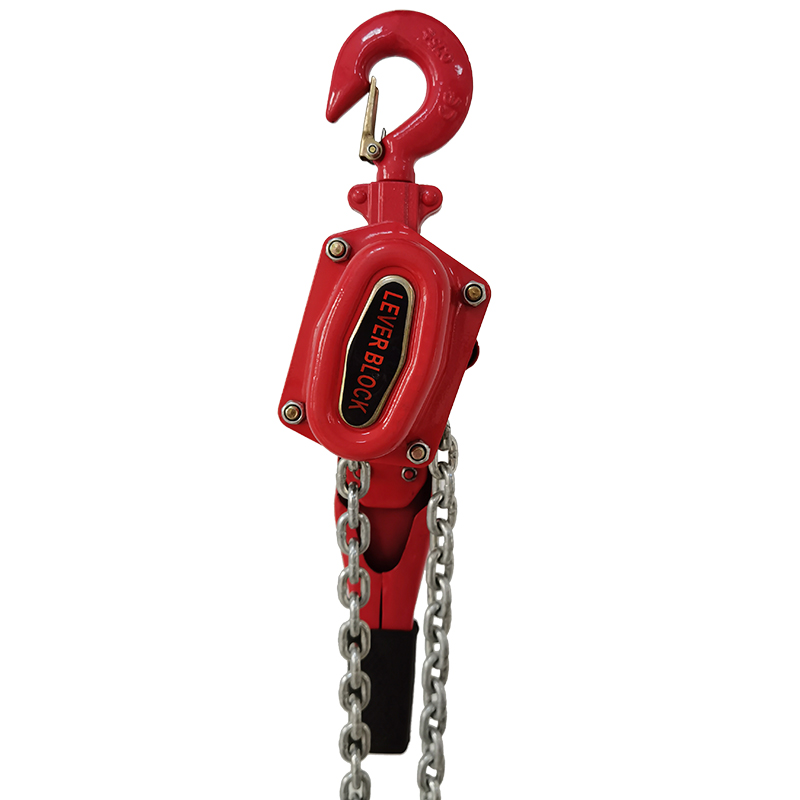


Understanding Anti-Fall Protection Ensuring Safety in High-Risk Environments
In today's rapidly evolving construction and industrial landscape, worker safety has become a paramount concern. Among various occupational hazards, falls remain one of the leading causes of injury and fatality. To combat this critical issue, anti-fall protection measures have emerged as essential components in safeguarding workers engaged in tasks at heights. This article delves into the significance of anti-fall protection systems, their types, and best practices for implementation.
The Importance of Anti-Fall Protection
Falls from heights can occur in numerous settings, including construction sites, warehouses, and maintenance work on tall structures. According to the Occupational Safety and Health Administration (OSHA), falls account for a significant percentage of workplace fatalities. The economic impact of these accidents is substantial, with costs related to medical expenses, legal fees, and lost productivity ballooning during recovery periods. Therefore, implementing effective anti-fall protection systems is not only a regulatory requirement but also a moral imperative for employers committed to their employees' safety.
Types of Anti-Fall Protection Systems
There are several types of anti-fall protection systems that workplaces can implement, each designed to prevent falls or minimize injury when falls occur
. The primary types include1. Personal Fall Arrest Systems (PFAS) These systems are designed to stop a fall in progress. A PFAS typically consists of a full-body harness, a lanyard, and an anchor point. When secured correctly, the harness distributes force throughout the body, reducing the risk of injury.
2. Guardrails Often used on scaffolding, ledges, and roofs, guardrails serve as a physical barrier that prevents workers from falling off edges. They are an essential component of fall protection and should be built to specific height and strength requirements as outlined by safety regulations.
3. Safety Nets These are installed below work areas and are designed to catch falling workers or objects, thereby preventing accidents. Safety nets are particularly useful in construction sites where workers are at risk of falling from heights above 25 feet.

4. Ladders and Scaffolding Properly designed and maintained ladders and scaffolding systems provide a safe way for workers to access elevated areas. Regular inspections and adherence to safety guidelines are critical to ensuring their effectiveness.
Best Practices for Implementation
To effectively reduce the risk of falls, it is essential that organizations adopt best practices for the installation and use of anti-fall protection systems
1. Training and Awareness Workers should receive comprehensive training on fall hazards and the proper use of fall protection equipment. Regular safety meetings can reinforce this training and keep safety practices at the forefront of workers' minds.
2. Regular Inspections All equipment and protective systems should undergo regular inspections to identify wear and tear. Any faulty or damaged equipment should be replaced immediately to ensure maximum safety.
3. Site-Specific Plans Develop tailored fall protection plans based on the unique characteristics of the work environment. This includes identifying potential fall hazards, selecting appropriate protective measures, and establishing rescue procedures in case of a fall.
4. Compliance with Regulations Adhering to local and international safety regulations is crucial in maintaining a safe working environment. Regular audits can help ensure that all safety protocols are being followed.
Conclusion
In conclusion, anti-fall protection is a crucial aspect of maintaining workplace safety in environments where workers are exposed to fall hazards. By adopting appropriate protective measures, conducting thorough training, and ensuring compliance with regulations, employers can significantly reduce the risk of falls and foster a culture of safety. Ultimately, protecting workers from falls not only saves lives but also enhances overall productivity and morale within the workforce.



